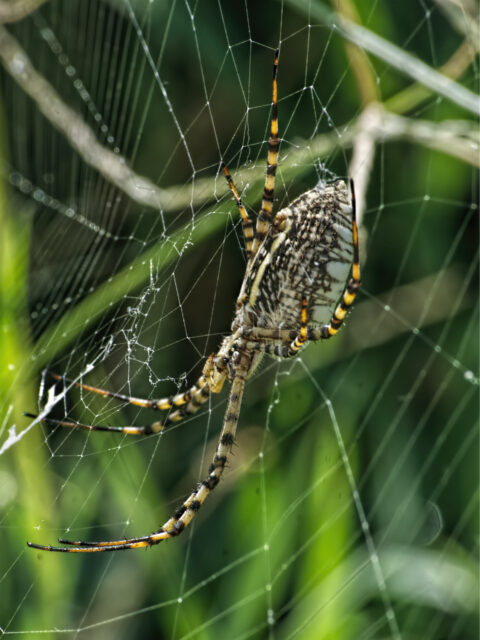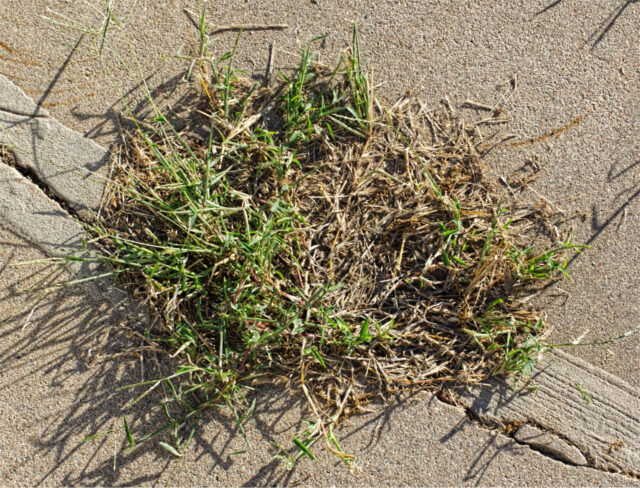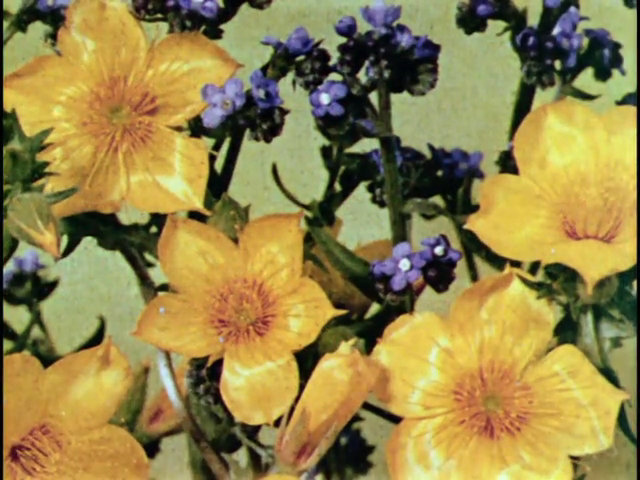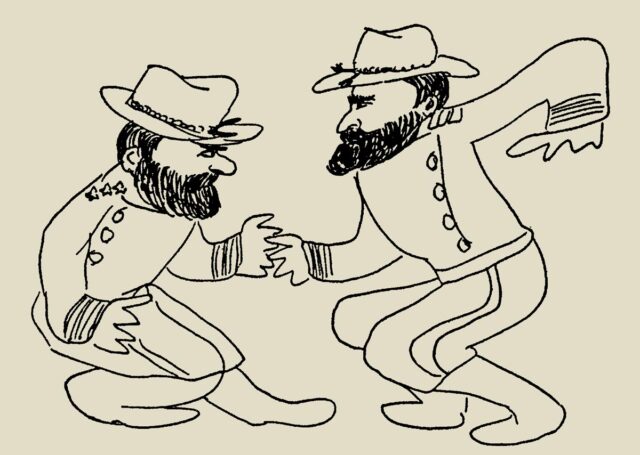Most horticultural writers live in places where the climate is temperate and gardening is easy. This is understandable; if you are obsessive about plants, you would probably choose to live in a place where many plants grow well. The books they write assume that the readers live in similar areas, where the same plants flourish. Such books are of little use to gardeners in Kansas, where it is always too hot or too cold, usually too dry and always too windy. I have yet to find one I can recommend. However, I discovered a downloadable pamphlet that actually is of use to people in Flatland: Garden Design with Native Prairie Plants.
*****
Nero Wolfe, the great and large detective, grew orchids. Here’s a list of the genera mentioned in the books, and here’s Archie Goodwin’s account of Wolfe’s activities as an orchid grower.
Incidentally, if you are as much a fan of the FBI as I am, you might enjoy the Wolfe mystery The Doorbell Rang.
*****
Talon Buchholz, who for many years ran a nursery in Oregon, maintained the Flora Wonder Blog. In it he discussed various horticultural matters such as evergreens, nomenclature, plant explorers, gardens elsewhere, propagation, and much more, all with lots of pictures. And maples, a particular interest of Buchholz. If you want to see the variety within the genus Acer, browse through Flora Wonder. Buchholz recently retired from blogging, but the blog remains and is worth perusing.











